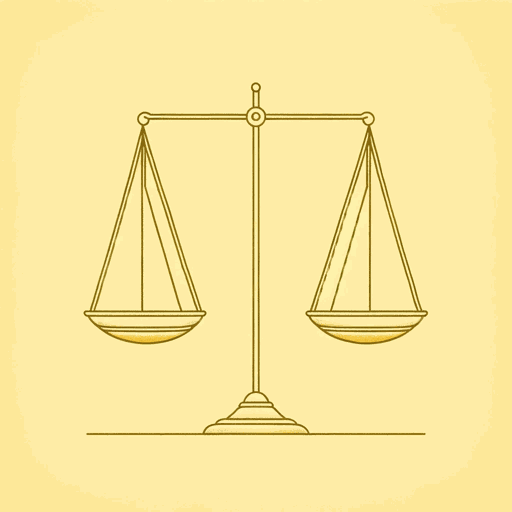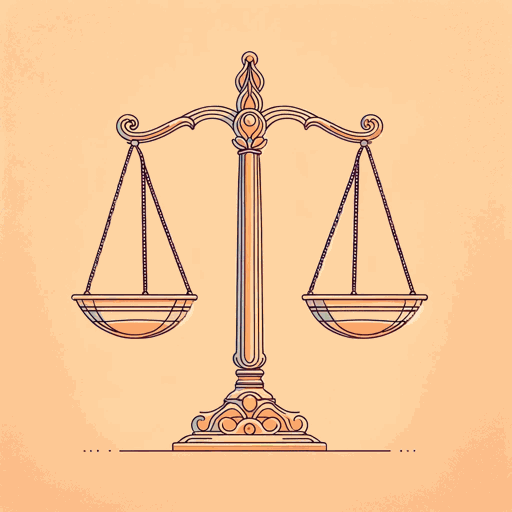49 pages • 1 hour read
Milton Friedman, Rose FriedmanFree To Choose
Nonfiction | Book | Adult | Published in 1980A modern alternative to SparkNotes and CliffsNotes, SuperSummary offers high-quality Study Guides with detailed chapter summaries and analysis of major themes, characters, and more.
Chapters 3-5Chapter Summaries & Analyses
Chapter 3 Summary: “The Anatomy of Crisis”
People deposit money into banks; banks loan out most of that money to businesses and individuals, keeping a small reserve of cash for depositors who want to make withdrawals. If everyone at once wants to withdraw their money—as happens in the Panic of 1907, when depositors fear their banks have become insolvent—banks simply don’t have enough cash on hand. In 1907, they refuse to pay everyone at once and the panic slowly subsides: “The recession lasted only thirteen months in all, and its severe phase only about half that long” (72).
The panic moves Congress to create the Federal Reserve system, in which twelve banks act as central banker to the nation, providing back-up cash in case depositors get panicky. This system fails to prevent bank panics during the depression that begins in 1929, so in 1934, the “Federal Deposit Insurance Corporation is established to guarantee deposits against loss up to a maximum” (76). It largely succeeds: “There have been no banking panics of the old style” (76).
The Federal Reserve begins its work during the First World War, and by war’s end, the Fed is a worldwide leader in monetary policy. It pays for some government expenses simply by writing deposits to its own accounts, then transferring this money to banks during normal operations, usually by purchasing bonds held by the banks.


